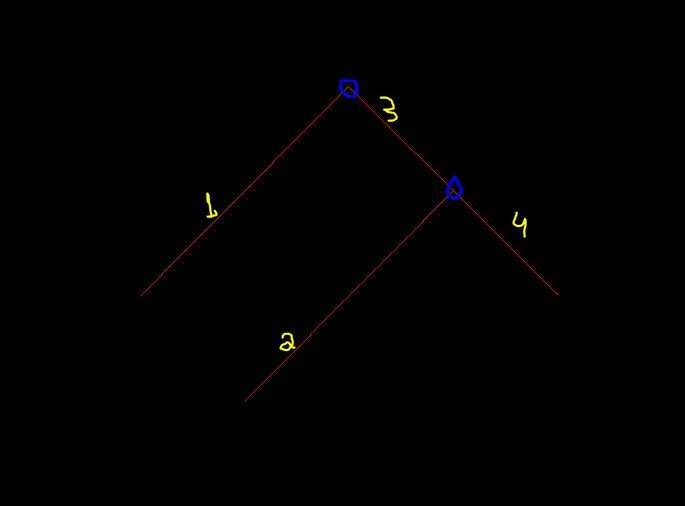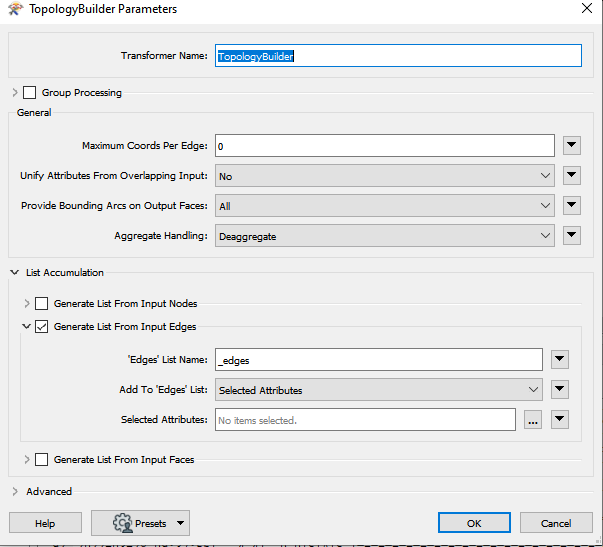Hi All,
I'm try to find the best way to analyse the begin and end of line and check if this line is connected in the both vertices ( begin and end ).
As you can see in image bellow, the line number 3 is connected in the begin and end of the line.
And the others line are not.

A DGN file is attached.
Thanks in Advance,
Danilo
Best answer by jdh
View original









 You can add additional attributes, but it is not strictly needed. The _edges list will contain fme_arc_angle, fme_arc_id and fme_direction in additional to whatever attributes you select.
You can add additional attributes, but it is not strictly needed. The _edges list will contain fme_arc_angle, fme_arc_id and fme_direction in additional to whatever attributes you select.